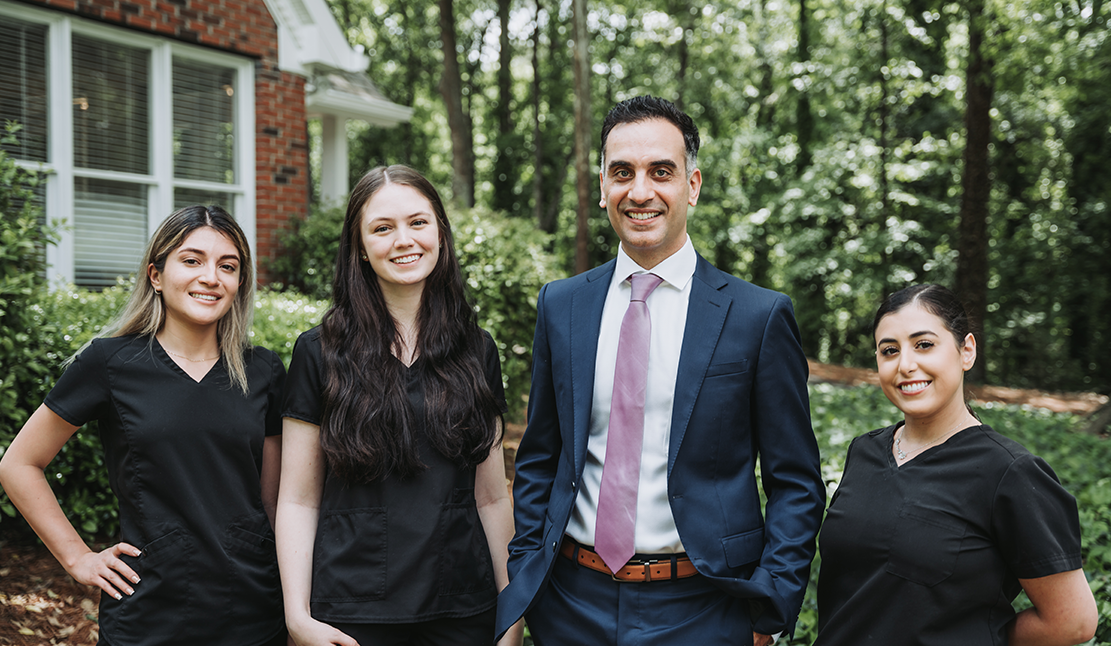When it comes to dental restorations, fillings, and dental crowns serve different purposes. Fillings are typically used to repair small cavities caused by tooth decay. The process involves removing the decayed portion of the tooth and filling the space with a material like composite resin or amalgam. On the other hand, dental crowns are used when a tooth is severely damaged or weakened. Unlike fillings that patch up small areas, crowns cover the entire visible portion of the tooth above the gum line. They act as protective caps, providing strength and support while restoring functionality.
Situations where dental crowns are necessary can vary, but they typically involve more extensive damage to a tooth than what can be repaired with a filling.
There are various situations where dental crowns are necessary to restore damaged teeth and ensure their long-term functionality and aesthetics without resorting to extractions or more invasive procedures.
The procedure for getting a dental crown is a straightforward process that can help restore the function and appearance of a damaged tooth. Here's an overview of what to expect during the treatment.
First, your dentist will examine your tooth to determine if a dental crown is necessary. They may take X-rays to assess the extent of damage or decay. If it's determined that a crown is needed, the next step is preparing the tooth. To prepare the tooth, your dentist will numb the area with local anesthesia. Then, they will reshape and remove any decayed or damaged parts of the tooth to make room for the crown. This may involve filing down some of the enamel.
Once your tooth has been prepared, impressions or digital scans will be taken so that an accurate mold can be created for your custom-made crown. The color and shape of the new crown will also be discussed at this stage to ensure it matches your natural teeth. While waiting for your permanent crown to be made in a dental laboratory (which usually takes about two weeks), you'll receive a temporary crown to protect your prepared tooth.
When your permanent dental crown arrives, you'll return to have it fitted by your dentist. They will check its fit and appearance before permanently bonding it onto your prepared tooth using dental cement. Getting a dental crown involves several steps but can lead to long-term benefits in terms of both functionality and aesthetics. It's important to follow any post-treatment care instructions provided by your dentist for optimal results.
To ensure longevity and maintain optimal oral health after receiving a dental crown:
If you are interested in learning more about what types of treatments we can use to improve the appearance of your teeth, we invite you to call us. Our Dentist Hickory Flat GA, Dentist 30115, Dentist 30114, Dentist 30188, Dentist Woodstock GA, look forward to helping you achieve your best smile ever!


0 comments